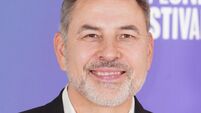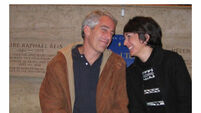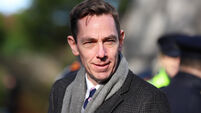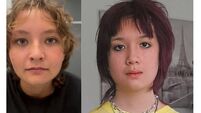Device gives sight back to three blind people
Before having the device fitted, each had a limited ability to perceive bright light but were completely unable to recognise shapes.
Within days of undergoing surgery, all three could locate objects placed on a table, including a cup, a saucer and different geometric shapes.














